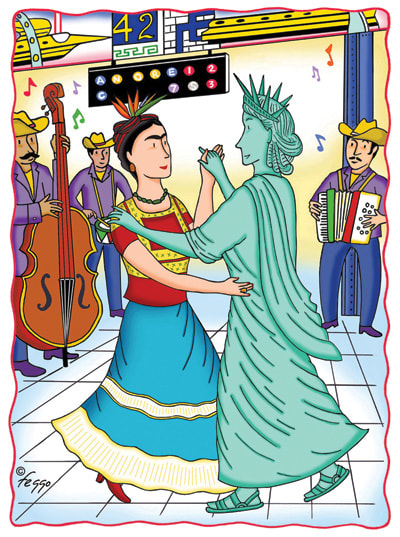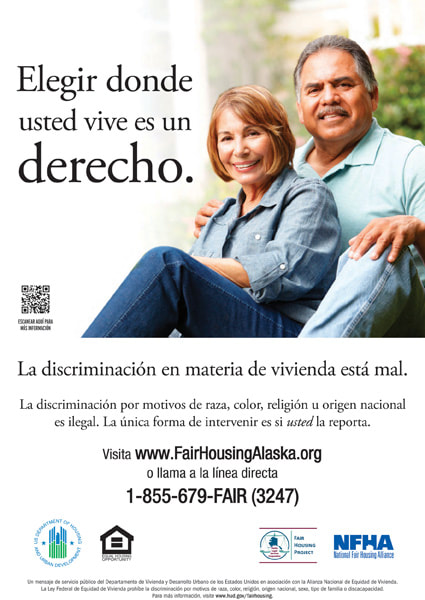|
The United States Census divides the American population in six races: white Americans; blacks or African-Americans; indigenous or Alaska Natives; Asian-Americans; natives of Hawaii or other Pacific Islanders; and people of mixed race. The census identifies Latinos or Hispanics as an ethnicity, not as a race, because we come from racially diverse countries.
Hispanics / Latinos are the largest minority in the United States. In Alaska we are the second largest after Alaska Natives. However, according to a December 2017 study by the PEW Research Center, “the Hispanic identity fades.” Fewer and fewer Hispanics acknowledge their ethnic origin in official surveys. So, paradoxically, although the number of Latinos is increasing, our representation in the census and the political power that attaches to it may be decreasing. According to the PEW, this phenomenon is fueled by interracial marriages where the Latino parent does not convey to their children pride in their cultural heritage. If these children grow up without developing ties to their Hispanic ancestry, in adult life they will barely identify with it. Disengagement increases with the passage of generations. When people have not embraced their cultural heritage, they may grow to feel so far removed from their ethnicity that they are no longer interested in speaking Spanish. The desire to avoid discrimination is another reason why people may stop openly expressing their Latino origin. The parents’ role is instrumental in transmitting to their children respect for their cultural heritage. According to the PEW, attending celebrations of our original cultures at a young age is a determining factor in the pride a person feels towards their heritage. So posadas, quinceañeras, festivals, parties, dances, and celebrations where our traditions are shown help increase the pride which the generations feel for their Hispanic identity. The use of Spanish is another important measure of our cultural heritage. The PEW’s survey indicates that Spanish is the language in which 61% of the immigrant generation feels most comfortable. Only 6% of the next generation has Spanish as the dominant language, although they still speak it fluently. Spanish usage drops off quickly in following generations, and along with the language they lose a universe of symbols and meanings. Our community should become increasingly proficient in English, as this guarantees our success in many aspects of the life in the United States. However, the use of a second language —in our case, Spanish— enriches the experience of our fellow Latinos, because bilinguism teaches them that there is more than one way of deciphering the world. Finally, the PEW survey studies the ties Latinos in the United States have to their countries of origin. The research says that eight out of ten first-generation immigrants who identify as Hispanics still feel connected to their countries. In the second generation this percentage drops to 7 out of 10, and in the third to 4 out of 10. For whatever reasons, connections with the extended family weaken over time, and that affects the pride of Latinos for their cultural heritage. The PEW Research Center offers us a state of affairs without judgments. It is up to us to draw our conclusions after studying this data, and to take action to build the Latino community we want in Alaska. |

